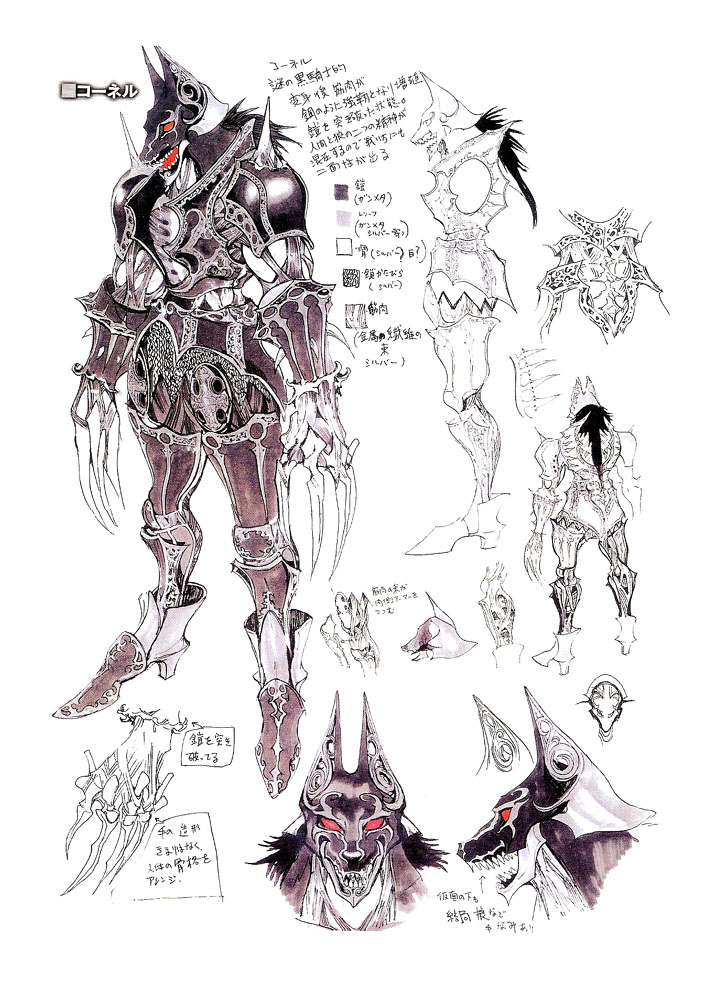

The first half of the interview he just described the job in more detail and what it's like to be in Japan as a Brit. The videocall was held with the same interviewer as on the phone call, who again was friendly and relaxed. In the meantime I was asked to send over degree scans, complete a grammar test and to record a demo lesson (for which they give clear instructions that they want you to follow very closely to).

The telephone interview was just the interviewer asking simple motivational questions about teaching in Japan, and telling me about the competitive nature of the application process at the moment due to the long backlog due to the pandemic and the need to be flexible on location in your application.Īfter the telephone interview, I was sent another email inviting me to a videocall interview. After passing through the initial screening, I received an email asking me to fill out a 2 page "Pre-Interview" form, which was mainly admin questions, and to state when I could have a telephone interview. Narrative View has been the real breakthrough for me, but I use all the views at different times: Spreadsheet View makes things practical Subway View let's me see whether stories and themes are circling back enough And I still begin with Timeline View.I applied online. The process took 3 months. I interviewed at Interac in Jan 2022 Interview

It has taken something that was a utility and added a layer of creativity. What are your thoughts on Aeon Timeline 3? It’s actually going to enhance your creativity, and give you more freedom. What is your advice to someone considering Aeon Timeline?Īeon Timeline pushes me to be more creative.ĭon’t be afraid of it, and don’t think that it’s going to stifle your writing. It encourages me to be spontaneous in the space in-between. It allows me to be more spontaneous, because in the background I can build this framework that I can rely on to work out where I am. Aeon Timeline is a framework or matrix that allows me to do more of that, not less of it. I like to write fast and I like to write loose. How does Aeon Timeline fit into your writing style? An entirely different narrative structureīeing able to plot both a chronological timeline of events and an independent narrative structure is now central to David's work. I had worked on it all that time, and I wouldn't have even seen that if it wasn't for Aeon Timeline 3. I've taken 20-odd years of information, and I have turned it into a weekend. Because in prison, he is confronted with himself, with loneliness, with his doubts - he thinks he might never get out because his enemies are right there with him. Looking at this on the timeline, I thought, that's actually the beginning and end of the story. In his early 20s, he goes to prison for 3 days: he's been a drug dealer and an addict, he's beaten people up and threatened to kill people, but here he is in prison because he's not paid £2000 in tax. Just the freedom to be able to throw these events around made me realise I had been getting it entirely wrong. I realised I could take the events from the timeline, and arrange them any way I wanted in the narrative. But with seven drafts in seven years, David found it was not a natural transition from journalism to fiction writing. There was one interview subject that led to a change in direction for David, when he realised the material was best suited to a work of fiction. But I could show her on the timeline how all of these things were connected.

Lyn paddled for 14 months, she is tough as nails, and just wanted to tell her story on the boat. These are actually the key moments of her life: I could add notes and links to other events and the book started to take shape in front of me.īecause I had these bigger themes, the whole story became about being solo for her entire life. Suddenly, the deeper story is taking place. As we talked, she started to reveal things about her past, and so I plotted all of these events back to her childhood. We built up the timeline like this, but of course, that still isn't a story. From those bird's eye view dates, I asked her to tell stories, which I would plot as events and mark the ones I knew would go into the book. When I was working on Finding Solo, we sat down for 12 interviews - in a cafe, with Aeon Timeline open - to get a clearer sense of the timeline.


 0 kommentar(er)
0 kommentar(er)
